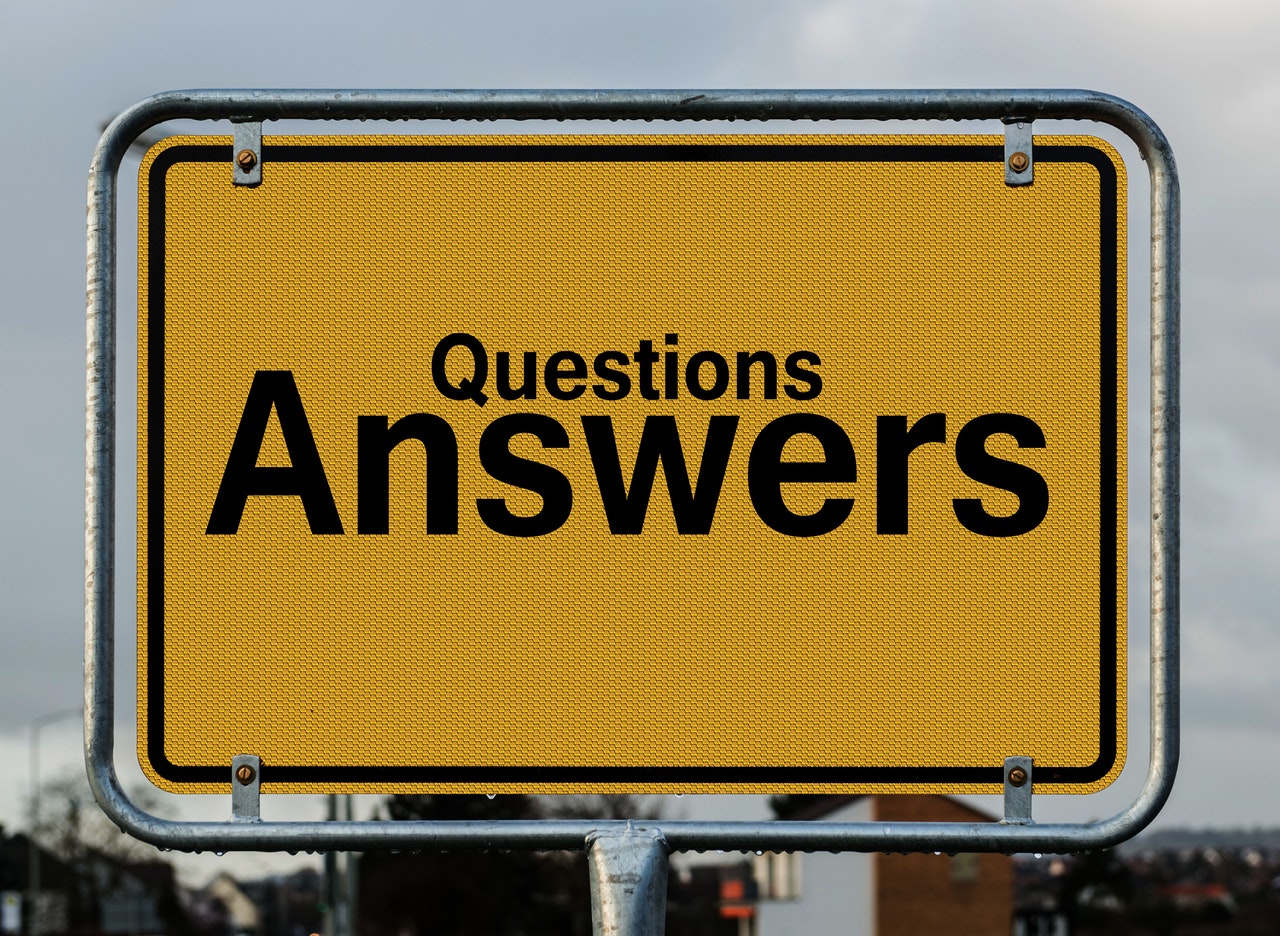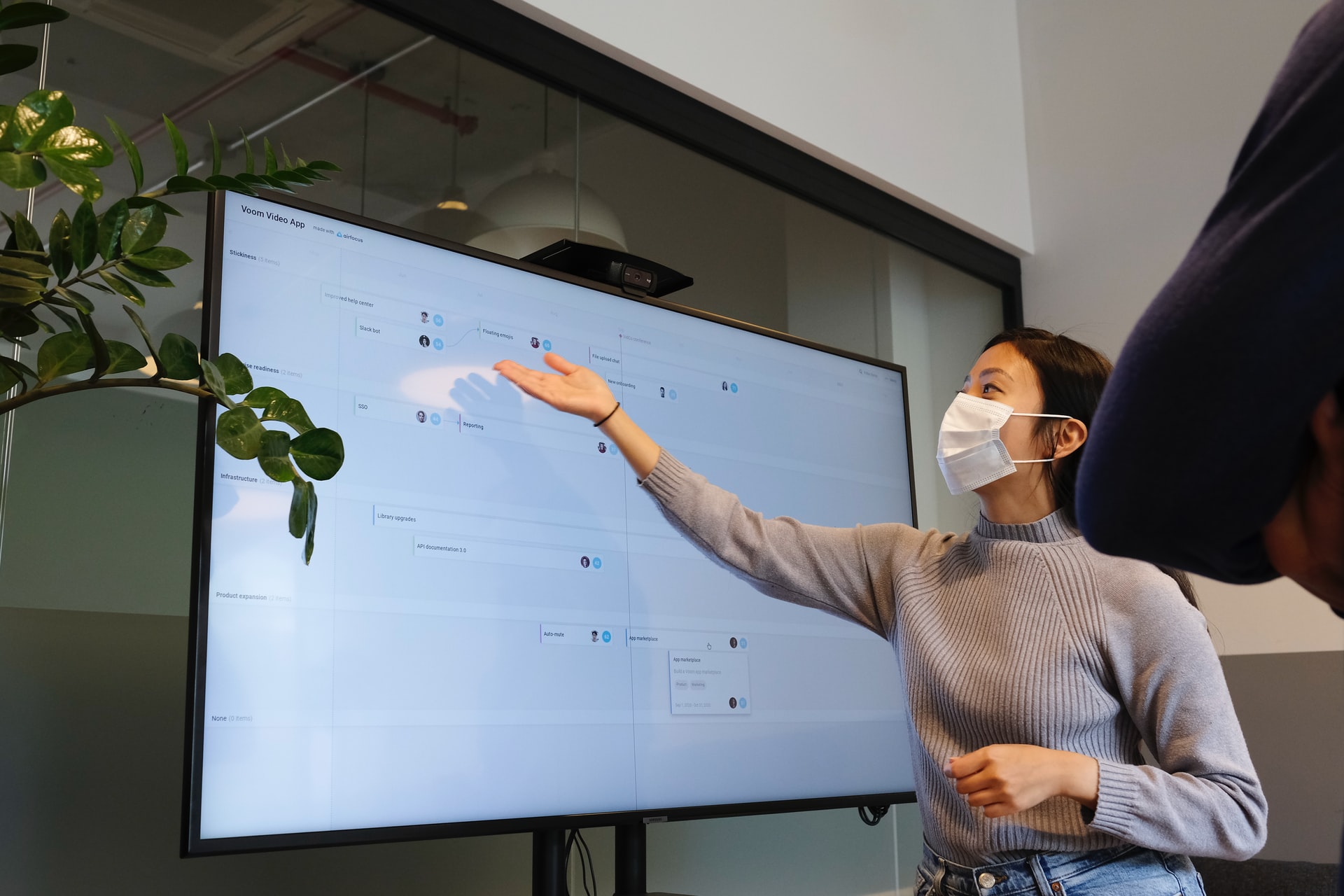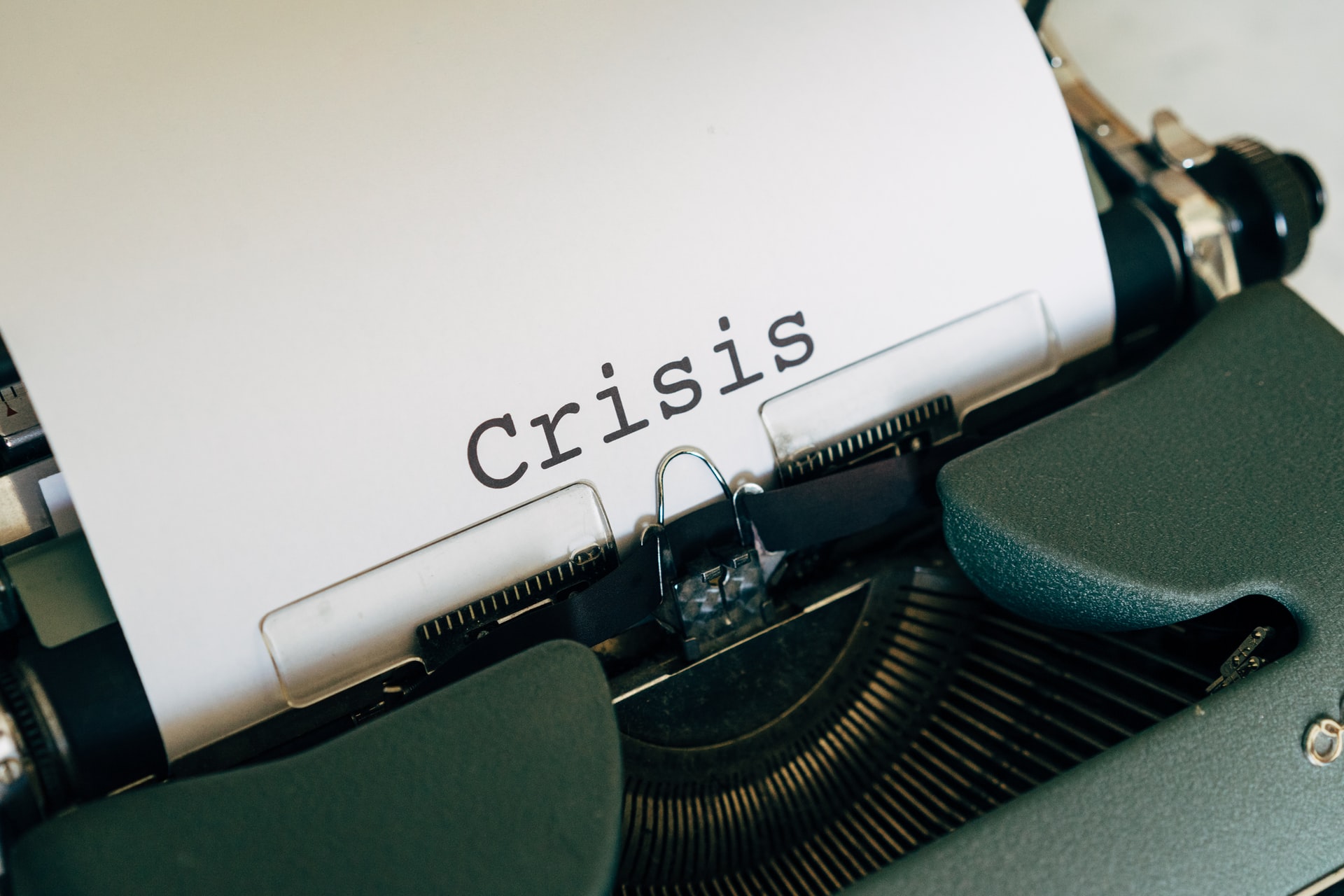Technical communication must consist of continuity. Continuity is a link from one thing to another. Whether continuity is applied in writing or speaking, if it does not exist, then readers, listeners, viewers are at a loss. Continuity provides readers, listeners and viewers, with clear, consistent communication in learning, understanding, and observing functionality. Continuity in Writing …
Sales & Marketing/
Advertising & PR
Ever dread the questions that come up during your presentation? Not sure what people will ask? Not sure how to answer under pressure? Before your next big presentation, prepare yourself for Q&A. Use these tips to ensure you are calm and focused: Before the presentation: Predict what questions your audience members might ask. Consider adding …
You have a unique idea that would benefit an organization, a client, or management. How do you present your proposal? Plan It Out. Gather all the information you can before making your presentation, and ensure that it is all correct and fits a need. Make sure it fits a niche. Decide if it is something …
These days we all seem to be engaged in multi-tasking, running from one meeting to another without a moment’s reflection in between. There is barely a moment to catch our breath, let alone time to mentally prepare for the next meeting. It’s stressful and exhausting, especially when you need to speak or present. It should …
As a Technical Writer, communication can be difficult if ambiguous responses are received. Such as is the case when trying to find out information. It can be difficult when someone has a new product, and cannot explain nor describe it. When encountering such a person, you will probably see that they are thinking of one …
An accident happens in one of your plants. Your firm’s product is found faulty. A disgruntled employee brings a lawsuit against your firm. Suddenly, all eyes are on you, from the press to the public to your organization’s people. As a leader, how do you think clearly and communicate professionally and correctly under the gun? …
Virtual communication, is when people communicate without being face-to-face. An example of its usage is in training sessions, i.e., e-learning. Instructors can communicate and provide lessons from anywhere and anytime, as long as they (and the audience) have the right tools. The trainer needs to first know: Who is the audience? How do we virtually …







